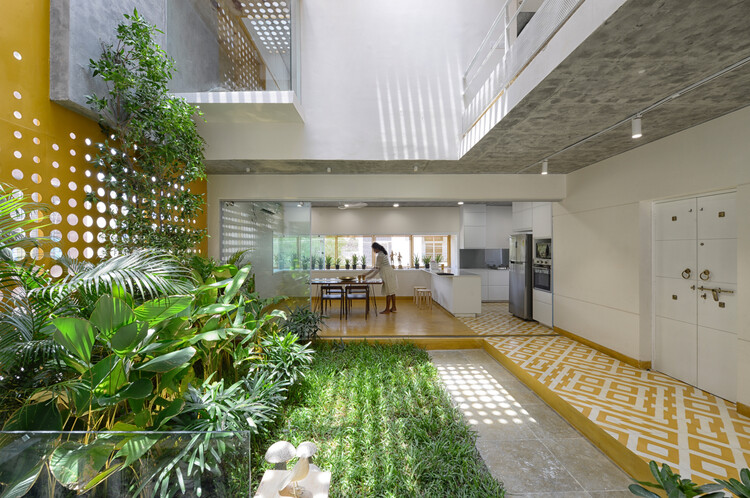
Humid environments present some of the most complex challenges in architectural design. From the tropical monsoon season of Southeast Asia to the equatorial heat of Central Africa, these environments demand solutions that account for intense moisture, high temperatures, and the constant battle against mold, decay, and stagnation. Yet, for centuries, communities in these regions have developed architectural techniques that do not fight against humidity but instead work with it, leveraging local materials, climate-responsive design, and passive cooling techniques to create sustainable and livable spaces. By considering atmosphere as a sensory and climatic phenomenon, architects will craft spaces that are not only evocative but also responsive, adaptive, and sustainable.







































![Bromelia Shelter / [Plup!] Studio Costa Rica. Image: © Roberto d'Ambrosio Tropical Houses: Creating a Dialogue Between Nature and the Built Environment - Image 1 of 4](https://images.adsttc.com/media/images/6451/69a0/c7f6/0801/7cac/acf7/thumb_jpg/casas-tropicais_13.jpg?1683057075)




